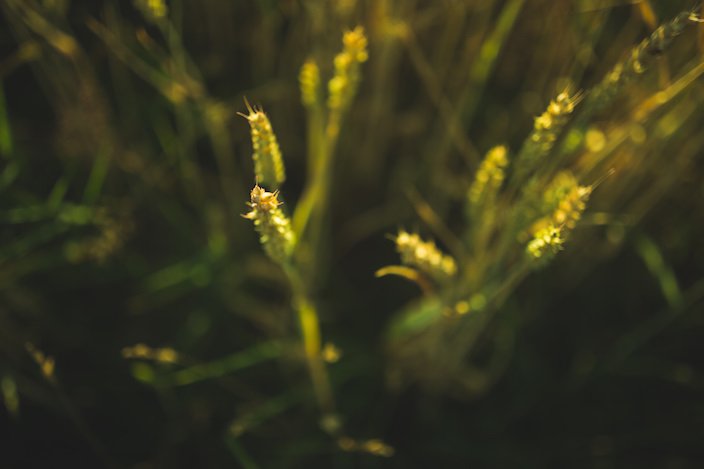Shot of Science: Who owns the Arctic, Nano Origami, GM crops & Extinction
Extinction is bad news for parasites, too
Species extinction doesn’t just mean loss of biodiversity of host species; it spells out bad news for parasites, too. In fact, in certain parasite-host network structures, the loss of the host could result in wider systemic instability.
We don’t often think about parasites but they actually make up about half of the world’s biodiversity. In their paper on host-parasite co-extinction, researchers Tad Dallas and Emily Cornelius looked at data from a study of fish communities in the Upper Panama River flood plain. They found that coextinction could lead to faster and greater overall extinction scenarios and biodiversity network instability.
The results are dependent on the level of nestedness and modularit, it’s not just a direct correlation. Whether the total extinction of lions will lead to the complete wipe out of dentist jerks from Minnesota remains to be seen.
Scotland bans GM crops despite lack of evidence

Prominent Scottish scientific and farming bodies, including the Royal Society of Edinburgh, the National Farmers Union, and the British Society of Plant Breeders, have expressed their concern that Scotland has elected to ban the commercial growing of GM crops. The decision was made without a public consultation and without, these groups feel, any recourse to the available evidence.
In an open letter, the signatories highlight that the move could be a backwards step for Scottish agricultural innovation and are concerned that the motivation is political rather than scientific. Scottish secretary for rural affairs, Richard Lochhead, said earlier this month that he believed growing GM crops would affect Scotland’s ‘clean, green image’. Maybe it’s been a while since I had an Irn-Bru, but I don’t remember it being either clean nor green.
A territorial dispute in an icy teacup

It sure is heating up around the Arctic, with five nations battling to stake their claim over the region. Or so the headlines would have you think. Canada, Russia, Denmark, Norway and the USA all currently ‘own’ part of the seabed around the northern pole, and Russia this week made headlines by claiming an additional 1.2 million square kilometres for itself.
Currently, the United Nations Convention on the Law of the Sea allows each country with a coastline access to its surrounding 200 nautical miles of seabed (and Polar Bears!). But differing marine geology means that some countries can claim more than others, depending on the extent of their continental shelf. This is what Russia is aiming to do.
Writing for The Conversation, Philip Steinberg urges everyone to calm the hell down, saying that the claims are proof that the UN and the Convention are doing their job. “These filings [to the Commission on the Limits of the Continental Shelf] should therefore be celebrated as reaffirmations of the will toward peace and stability,” he says. “Rather than feared as unilateral acts of aggression.”
Nano origami
Ah, graphene. That one-atom-thick super-material that no one has quite figured out what to do with yet. But if you’re stuck for ideas, why not just play with it? Physicists at Cornell have found that, using kirigami (like origami, but with scissors), they can make graphene perform functions that are almost mechanical. Lead researcher Melina Blees teamed up with the Arts faculty to look at different fabric and paper designs. By suspending the material in water and making precision cuts, they have been able to make the graphene behave like springs, hinges and sockets.
The team has just received funding from the US Department of Defense, so stay tuned for some kick-ass kirigami on a battlefield near you.
